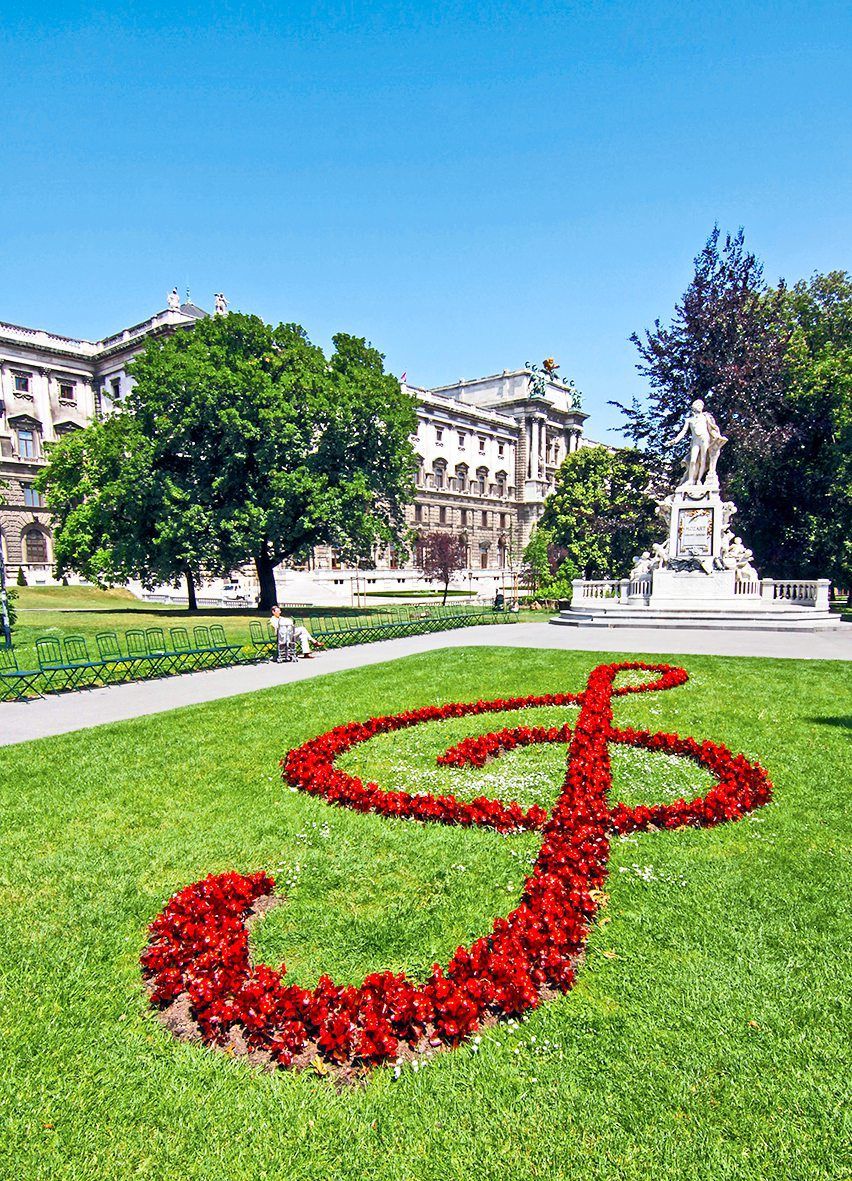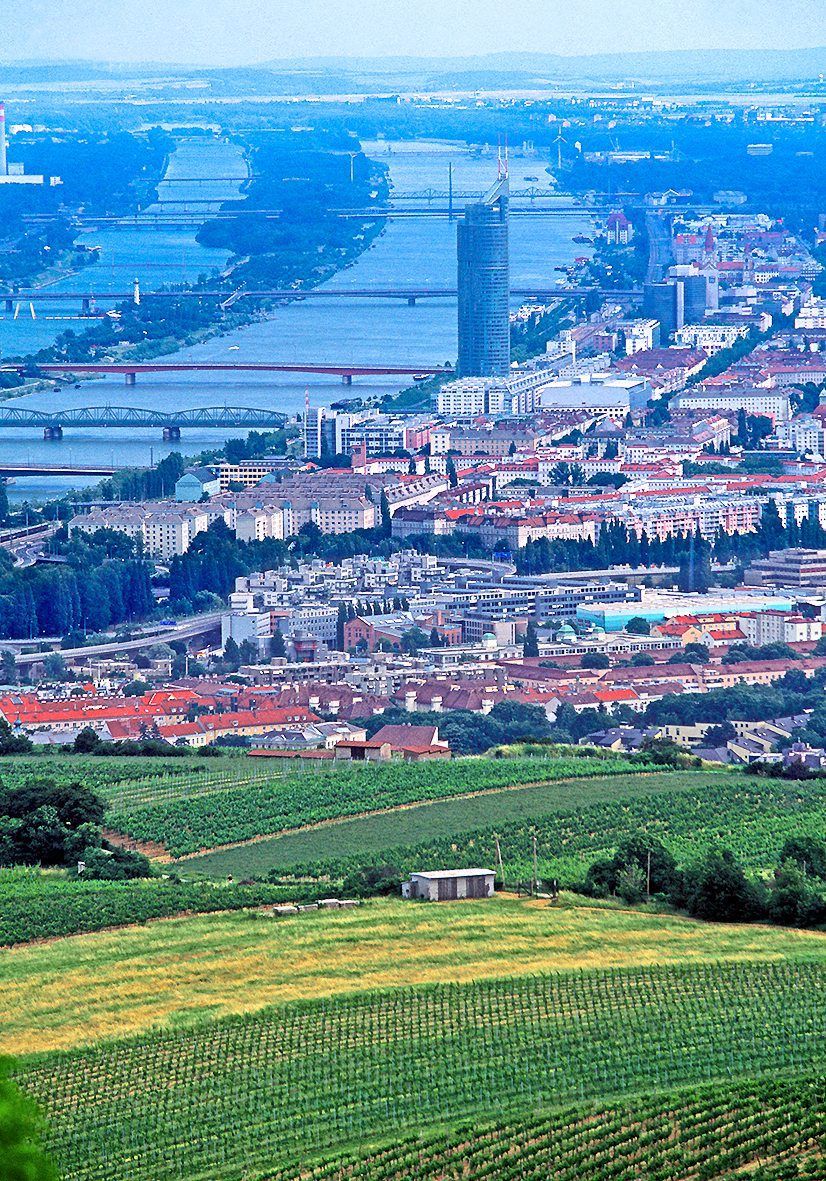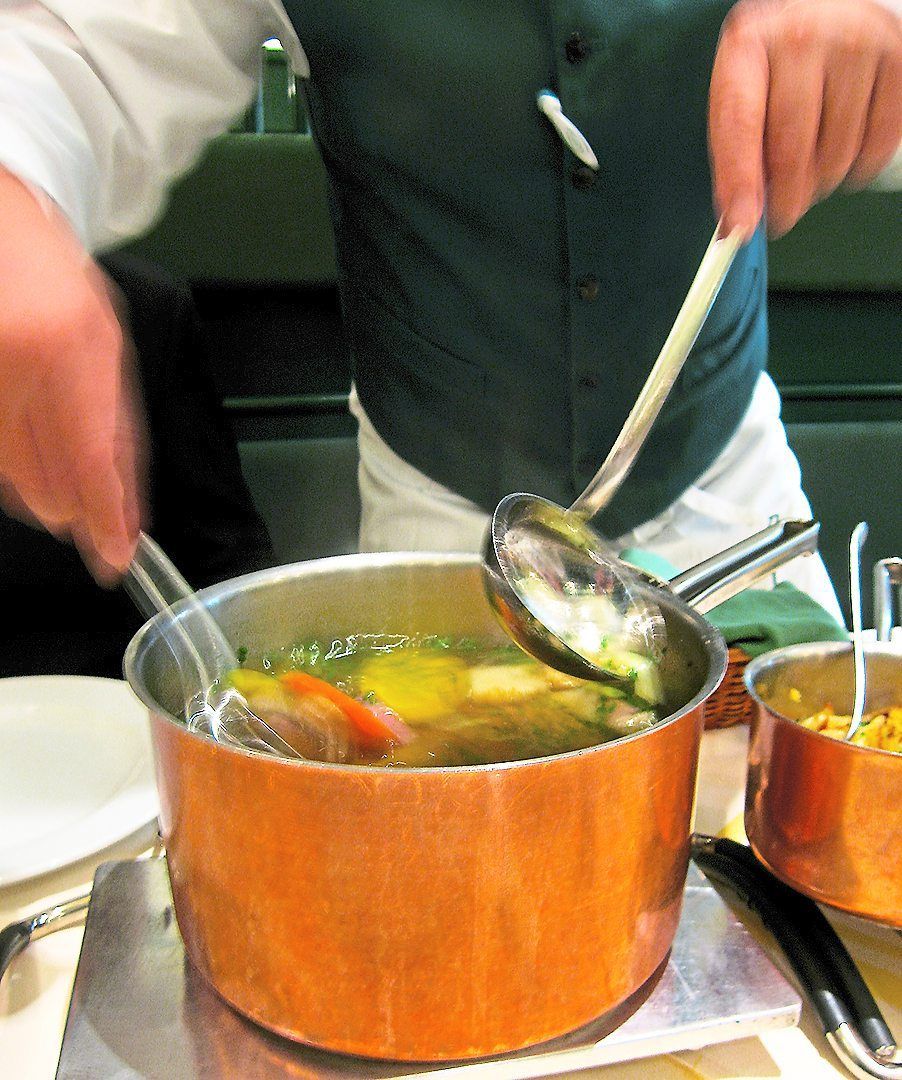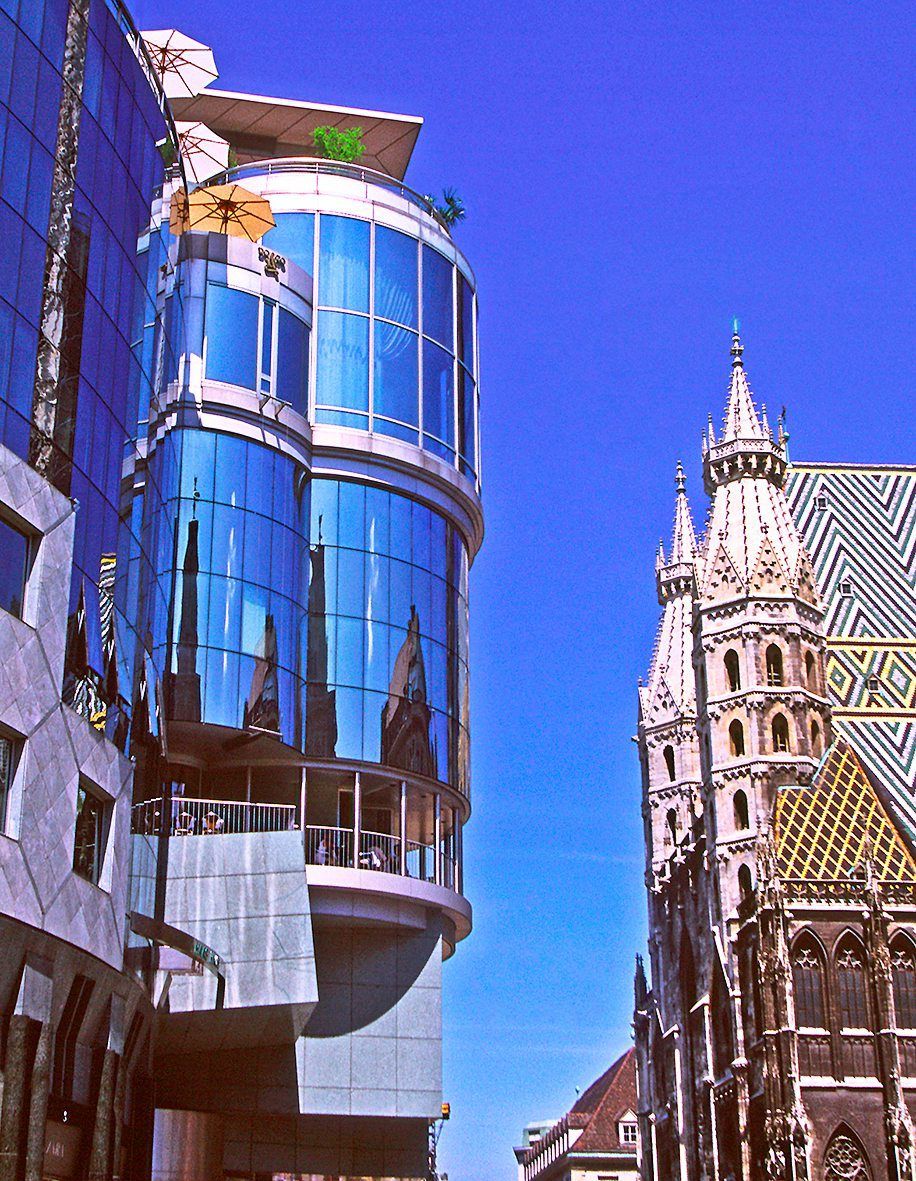The city of Vienna, where tradition meets modernity. — Photos: DAVID BOWDEN
According to an annual index compiled by the Economist Intelligence Unit (EIU), the Austrian capital of Vienna is 2023’s most liveable city in the world – and has dominated the rankings in the last 10 surveys, coming first in eight of them.
This index of 173 cities assesses numerous criteria such as healthcare, stability, education, culture, environment, and infrastructure. According to the recent index, Vienna garnered 99 out of 100, putting it just ahead of Melbourne and Sydney (Australia), and Osaka (Japan). Vienna captured the attention of the judges in almost every category, but did note that it lacked any major sporting events.
Known as Wien within the country, Vienna prides itself on its art and music, stately architecture, grand buildings, and coffee culture.
My logic suggests that a city worth living in must be a destination worthy of visiting, and I fully recommend it to any visitor, as it has never let me down on several visits over the past few decades.
Romancing Vienna
Located in the heart of Europe, Austria is one of the continent’s great cultural treasures, with Vienna at the centre of it all.
Vienna is also one of Europe’s most romantic places with history around almost every corner in the city centre or Innere Stadt, or along the Ringstrasse that encircles this inner city precinct.
Here too are impressive monuments, galleries, shops and restaurants, and as you literally waltz along some narrow laneways, it’s as if little has changed over time. Most of the historic buildings in central Vienna date back to the Habsburg dynasty, which ruled over a large area of Central Europe up until the end of World War I.
The spire of Stephansdom, the old cathedral of the Innere Stadt, is a dominant landmark that can be seen from many parts of the city. Stephansdom, located at one end of the Graben, has been a feature of Vienna since 1260, when Duke Ottokar built a basilica on the site. There are guided tours of the building as well as the catacombs below and to the north tower above. Energetic visitors can also climb the 343 steps to the top of the south tower for views over the city.
A pedestrian plaza called Stephansplatz lines the cathedral’s exterior, with the strikingly contemporary architecture of Haas-Haus standing out and to me, enhancing the streetscape, although some may consider it clashing with the historical ambiance.
The charming pedestrian shopping precincts of the Graben and Karntner Strasse radiate from Stephansplatz, and there is a subway station located immediately beneath the square to enable quick access in and around the city.
Away from these principal shopping precincts, there is a maze of narrow streets and back alleys lined with shops, some of which have conducted business on the same site for centuries.
Having been to Vienna several times previously, I was aware that one of the great attractions of central Vienna is that most of its historic sites are accessible by foot or alternatively, in an expensive fiacre or open horse-drawn coach. I have yet to ride a fiacre, but they do a roaring business, taking well-heeled tourists on a memorable inner city journey of discovery.
From the Graben, I walked to the Hofburg, the former residence of the Habsburg Emperors, who ruled over the Austro-Hungarian Empire. This grand building of 2,500 stately rooms dates back to the 13th century and is one of Vienna’s most popular sights.
Relive a romantic era
The romantic era of the great classic composers continues on in the city, and regular musical concerts and festivals keep the wondrous music of composers like Mozart, Strauss, Beethoven, Haydn, Brahms, Schubert, and Mahler alive. They all played or composed at some stage in Vienna, when it was the greatest classical music city in the world.
While many locals love full musical concerts, those new to classical music seek out abridged versions of the full performance. Those offered by Weiner Mozart Konzerte (Vienna Mozart Concerts) recreate the pinnacle of Austrian culture with the 30 musicians of the Vienna Mozart Orchestra resplendent in classical attire performing Mozart and Strauss classics in the ornate Golden Hall in the 1,745-seater Musikverein in central Vienna. Various packages from April to October are offered, including the musical recital, recital and dinner in one of Vienna’s grand heritage hotels, and a pre-performance fiacre journey to the venue.
While the Spanish Riding School is only open on a seasonal basis, it provides a colourful display of precision horse riding by riders mounted on the famous Lipizzaner thoroughbred horses.
Other tourist attractions include the Schonbrunn and Belvedere Palaces, both a little further out from the city centre. The Schonbrunn was the summer palace of the Hapsburgs, and it is an architectural masterpiece of over 1,500 grand rooms in an expansive setting comprising extensive gardens and a zoo.
The Belvedere Palace has one of the finest palace exteriors of all of Vienna’s buildings. Designed in the early 18th century as two magnificent Baroque mansions, the palace is surrounded by carefully manicured gardens. The Oberes Belvedere houses one of the city’s finest art collections, featuring works by celebrated local artists Gustav Klimt, Egon Schiele, and Oscar Kokoschka.
Museum Quartier
One of Vienna’s most recent additions is the internationally acclaimed Museums Quartier Wien, or simply, MQ. The centre is an impressive architectural blend of striking modern edifices and former imperial horse stables.
The Leopold Museum, named after its founder, the Viennese art lover Dr Rudolf Leopold, is the MQ’s main attraction, housing the world’s largest collection of works by Egon Schiele. Outstanding works by his artistic contemporaries, Klimt and Kokoschka, are also on display.
The Museum of Modern Art Ludwig Foundation is one of the imposing buildings at the MQ. It features exhibitions including pop art and nouveau realisme from the 1960s and 1970s, while its Kunsthalle is a focus for more avant-garde exhibitions of contemporary artwork.
A culinary melange
Most visitors delight in Viennese cuisine, a culinary mosaic of all the lands of the old Austro-Hungarian Empire that also includes an irresistible variety of desserts and pastries.
While Viennese people take their culture seriously, time is always allocated to enjoying coffee, and Vienna is considered the coffeehouse capital of the world. Austrians drink more coffee than beer, so it’s easy to appreciate how coffee is an important part of the culture.
Typical Viennese coffees include melange (cappuccino) and einspanner (mocha with whipped cream). Delicious cakes and pastries normally accompany coffee, as they are very hard to resist. Traditional favourites include strudel (sweet flaky pastry with apple), and golatschen (pastry with sweet cheese or jam filling).
The rich chocolate cake, Sacher Torte, originates in the Sacher Hotel, but variations on the theme are served all over Vienna.
Vienna is renowned for its atmospheric coffeehouses, which have become ingrained into the city’s culture. This is where people talk, read, think, and do business in refined elegance. In the past, patrons of the arts met talented composers and writers in coffeehouses and encouraged their pursuits.
Some coffeehouses date back several centuries with my favourites being Cafe Central, Demel, Hawelka, Landtmann, and MAK Cafe. In winter, they are a refuge from the chilly exterior, but in summer, patrons spill out onto temporary pavement extensions to make the most of the sunshine.
Demel, located on the Kohlmarkt, is arguably Vienna’s most refined coffeehouse, highly regarded for its rich cakes and pastries. It is also famous for its special sweets, exquisite packaging, and wondrous window decorations.
While Demel is hard to pass, I have also enjoyed taking coffee in the sun on the pavement in front of the Julius Meinl store located nearby. Possibly one of the world’s most enticing food stores, Julius Meinl also has a streetside cafe where the coffee matches the view.
More substantive meals are served in some coffeehouses that, along with restaurants, may offer Weiner schnitzel and tafelspitz (boiled beef in broth).For a quick snack while sightseeing, drop by one of several wurstelstands conveniently located in high-volume pedestrian zones to enjoy one of several spicy sausages on offer served in a bread roll.
Wine in the city
Vienna claims to be one of the few capitals in the world where grapevines are grown commercially and wines are produced in the city limits.
While wines have been produced in Austria for many centuries, they have only recently come to the attention of global wine connoisseurs who are falling in love with mineralic white wines produced from endemic Gruner Veltliner grapes and red wines from the Blaufrankisch and Zweigelt grape varieties.
Some 640ha of Viennese land is under vines, so the production is a serious operation and not just a showpiece for tourism. For those who enjoy fine wines and hearty local dishes, the village of Grinzing on the outskirts of Vienna is an essential visit that can be done on the train and tram network.
Here, numerous heurigen, or wine taverns, offer a warm ambience for winemakers to serve their latest wines with my heurigen of choice being Mayer am Pfarrplatz. Beethoven spent the summer of 1817 composing his Ninth Symphony in the area. And while enjoying a glass of Wiener Gemischter Satz here, I wondered if the wine added greater clarity to Beethoven’s composing skills. A card that opens doors
Unless you are on an organised tour, one of the best ways to discover the attractions of Vienna is to purchase a Vienna Card, which offers considerable savings at the city’s landmark attractions.
A good time to visit Vienna is in the summer (especially June and July) as you’ll get the best weather, but peak-season prices apply.
Meanwhile, the colours of autumn (September to November) are spectacular, and the weather is most agreeable. Winter (December to February), while cold, has its own charm, with Christmas markets often staged in the open air in the snow.
Whatever the reason for visiting Vienna it’s hard not to be impressed by the historic architecture and regal buildings in its inner parts.
Travel notes
Getting there: Malaysia Airlines runs codeshare flights from Kuala Lumpur to Vienna with Qatar Airways and British Airways. Alternatively, you can also fly Austrian Airlines from KL or Penang. Use the CAT train from Vienna Airport to reach the city centre.
Where to stay: MGallery Hotel am Konzerthaus is an enchanting centrally located property in Vienna.
More info: Vienna Tourism (www.wien.info) and the Austria National Tourist Office (www.austria.info).

















